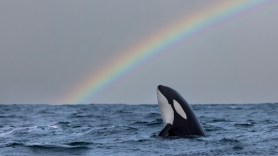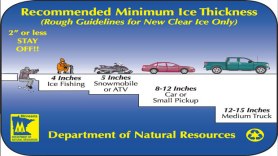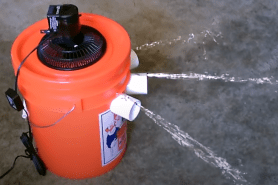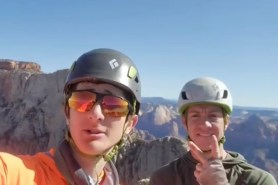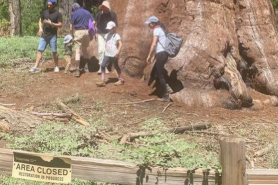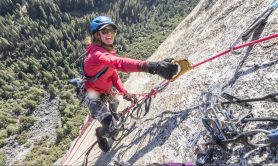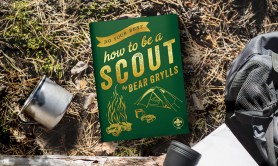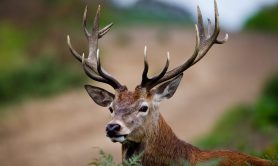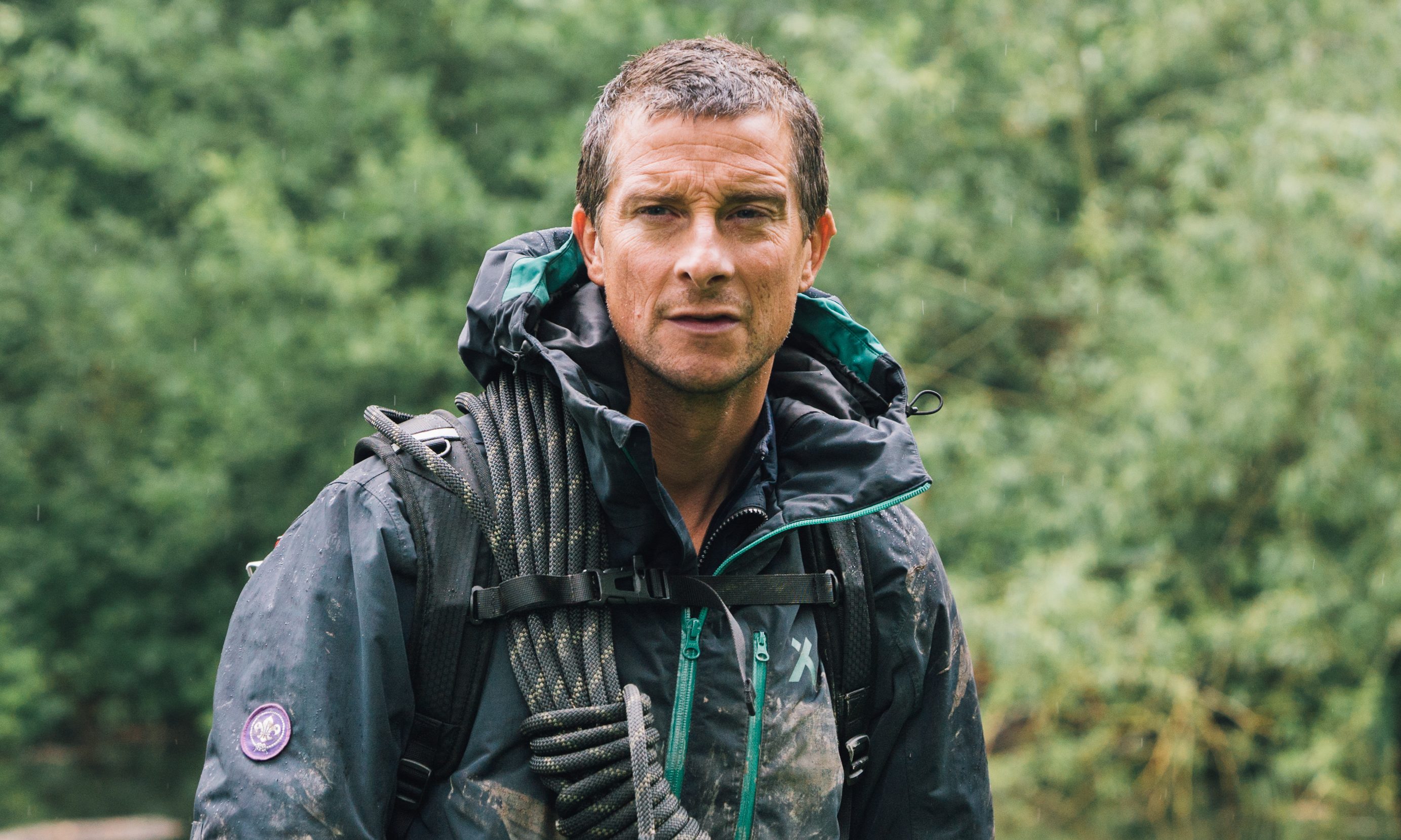

Finding water in the mountains sounds like it should be easy, whether from streams formed by melting snow or fast-running rivers meandering through valleys.
Videos by Outdoors with Bear Grylls
But in reality, you might find yourself on a high mountain ridge with no obvious source of food or water. Or, at lower elevations, the terrain might be too dry to sustain bodies of drinkable water.
Bear Grylls has had to find water in all sorts of inhospitable terrains around the world, including in the mountains. He often mentions how water is more of a priority for survival than food: You can go three weeks without food, but only three days without water.
It’s also important not to become dehydrated in your quest to find water, so knowing the most successful ways to track it down that is paramount. In his book Born Survivor, Bear gives great advice on finding water by taking a cue from our animal friends:
- Follow the tracks of grass-eating mammals, which will often lead to a water source.
- Look out for birds circling watering holes, especially early in the morning or late in the afternoon.
- Swarms of flies, ants, or bees are another sign that water might be nearby.
Option 1: Surface water
The easiest source, if you can find it, are those mountain streams and rivers. These are usually more drinkable at higher altitudes, as the water is less likely to be contaminated the closer to its source. If you find a stream or river, check about 500 yards upstream for dead animals; Bear likes to walk along a stream for around five minutes to make sure it’s clear. Even still, you’ll want to purify this water and possibly also filter it from debris (see below).
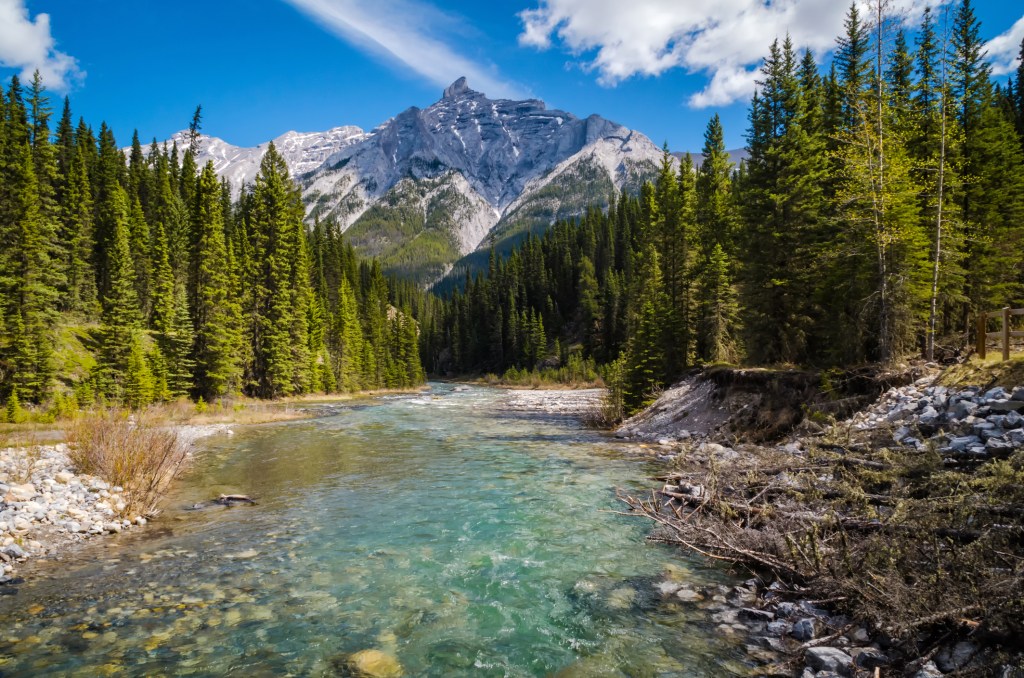
Option 2: Collected rain water
You can also collect water from rain, which has the added benefit that it’s always safe to drink—but of course you’ll have to wait from a burst from the heavens to do that. Stretch a waterproof sheet or tarp over a wide sloping area and allow the water to run into clean containers.
On flat ground, you may also dig a hole and put the tarp on top of the hole. You can also make a trap to collect the morning dew. Dig a hole about 18 inches deep and line it with clay or material that is waterproof. Fill it with small clean stones. Condensation will be trapped at the bottom. Bear advises you can also drag your T-shirt through foliage to collect morning dew, and wring it out in your mouth.
In a dry area with little vegetation, if you have any sort of waterproof material, try suspending it over a hole in the ground. As the dampness in the ground rises in the heat of the day, it should condense on the cooler underside of the tarp, so you can collect water from the bottom. Put a small rock in the center so that the droplets gather and can be drained into a container.
Plant condensation is another way to accumulate water, which you can collect by tying plastic bags on branches or leaves that look succulent.
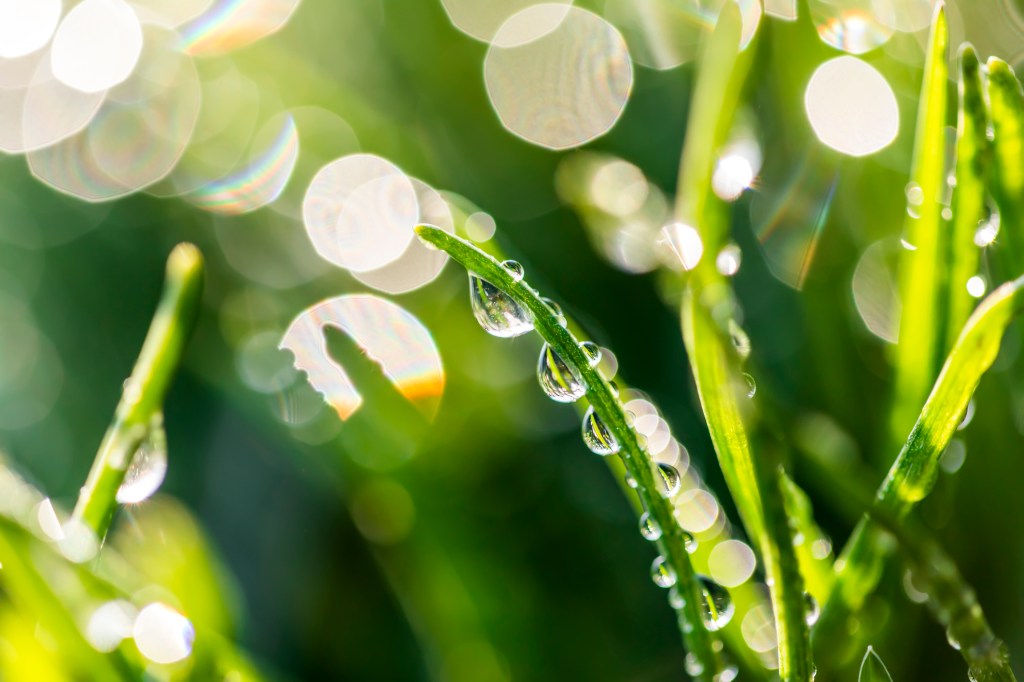
Option 3: Underground water
Look in crevices and depressions in rocks to identify underground sources of water. If there is a clump of vegetation in an otherwise dry landscape, this might also indicate dampness.
On flat, soft ground, you can dig into the damp soil and allow muddy water to settle at the bottom of the hole (you will need to filter and purify the water as described below).
Option 4: Water from animals
If you’re desperate, the remains of an animal left behind by predators might even provide a source of fluid.
“The thought of liquid squeezed out of an eyeball—a very reliable source of drinkable fluid—may not be too appetizing,” says Bear. “But if it’s the difference between life and death, it can be surprisingly tasty. I ate the eyes of a fish I caught on my raft once in the South Pacific.”

Beware of contamination
Contaminated water can be very dangerous—even rivers and glacial meltwater can have bugs and bacteria in it—so you will need to treat most water before you drink it. The purest water will be that collected from the atmosphere (such as rain) or from plants.
“Avoid taking risks with water,” says Bear. “You will lose far more water from illness than you will gain by drinking contaminated water.”
The best way to purify water is to boil it for at least five minutes over a fire to kill bacteria, filtering it first through a piece of fabric, like a T-shirt, to remove any sediment or debris.
However, if you are at high altitude, water boils at a lower temperature and may be insufficient to kill bacteria—or you may not be in the right situation to build a fire when you find your water source or are in need of a drink. That’s why Bear always carries water-purification tablets in his survival kit.


